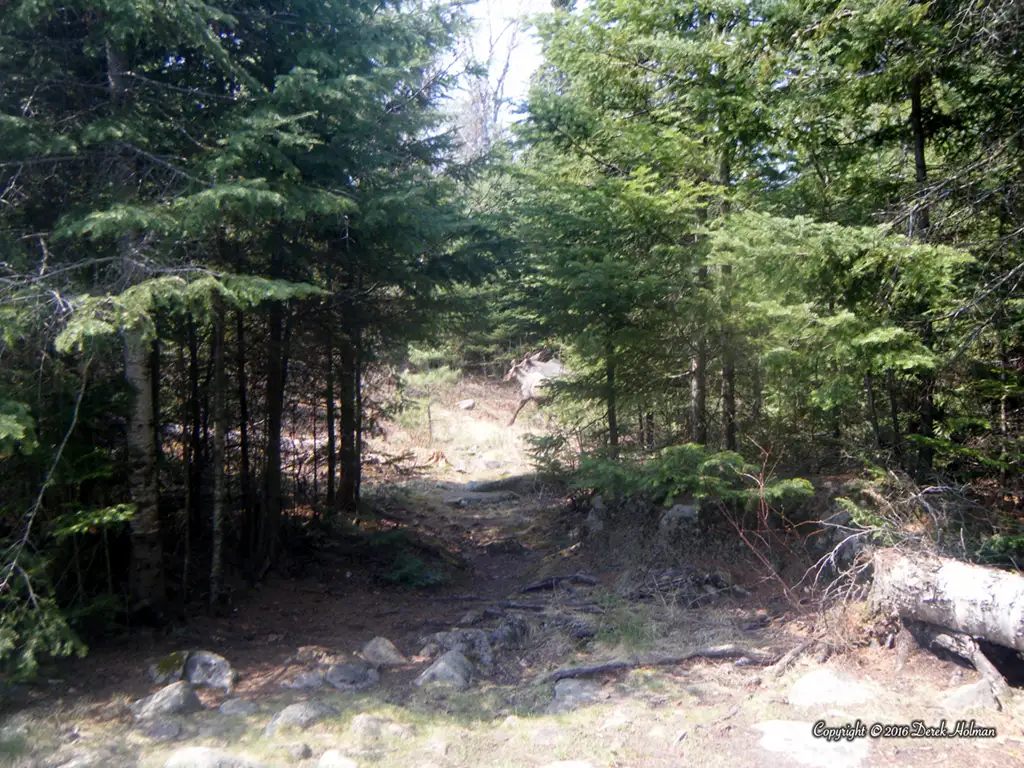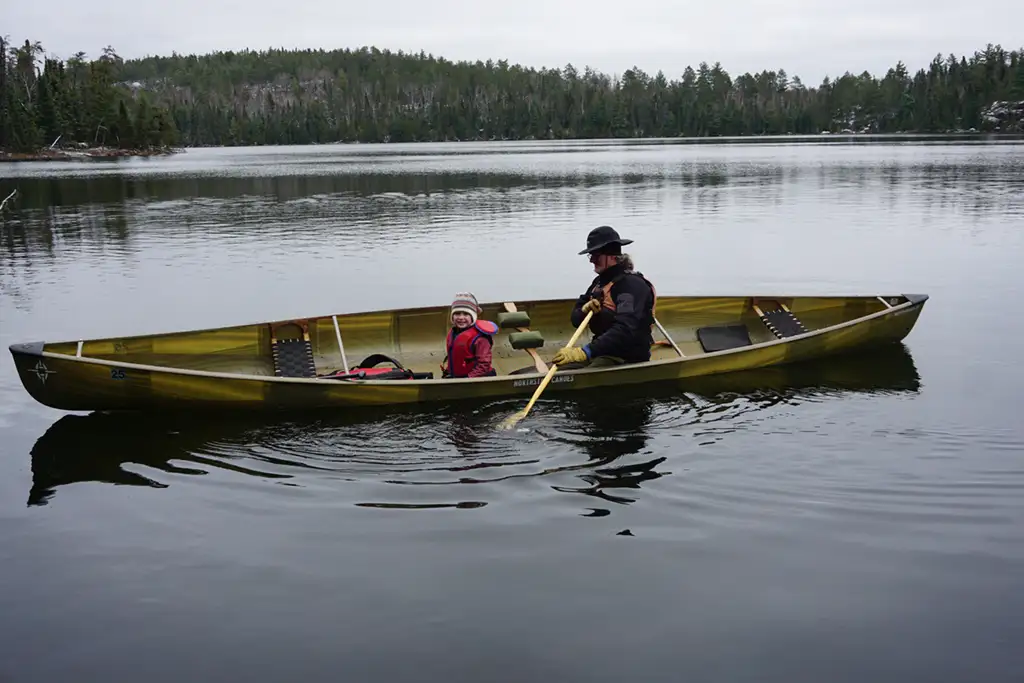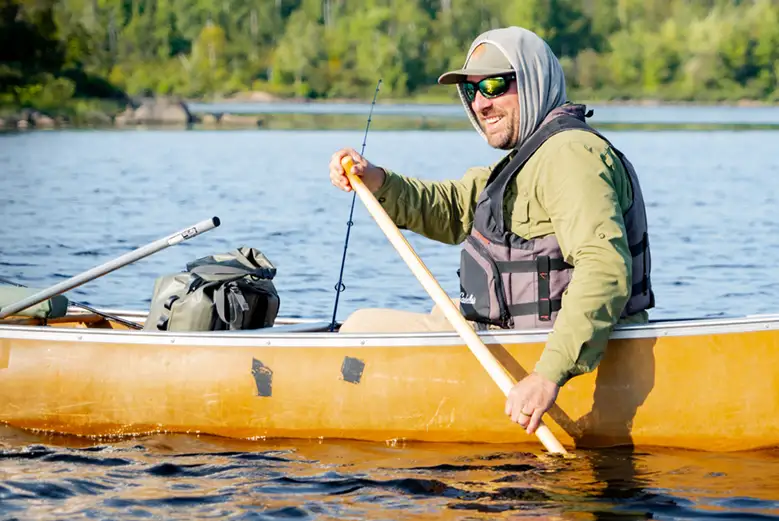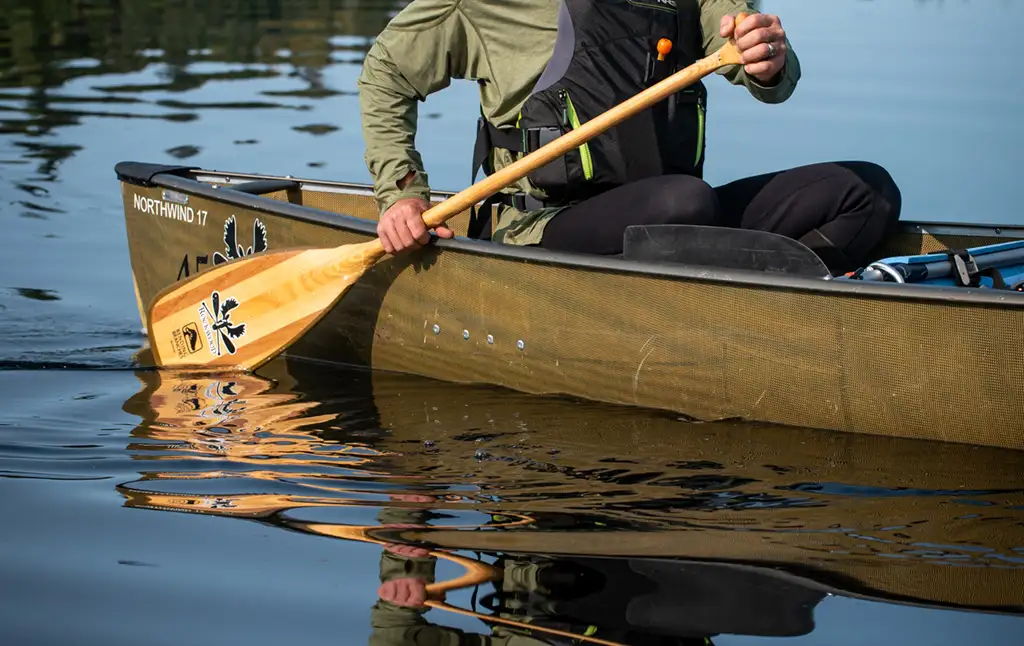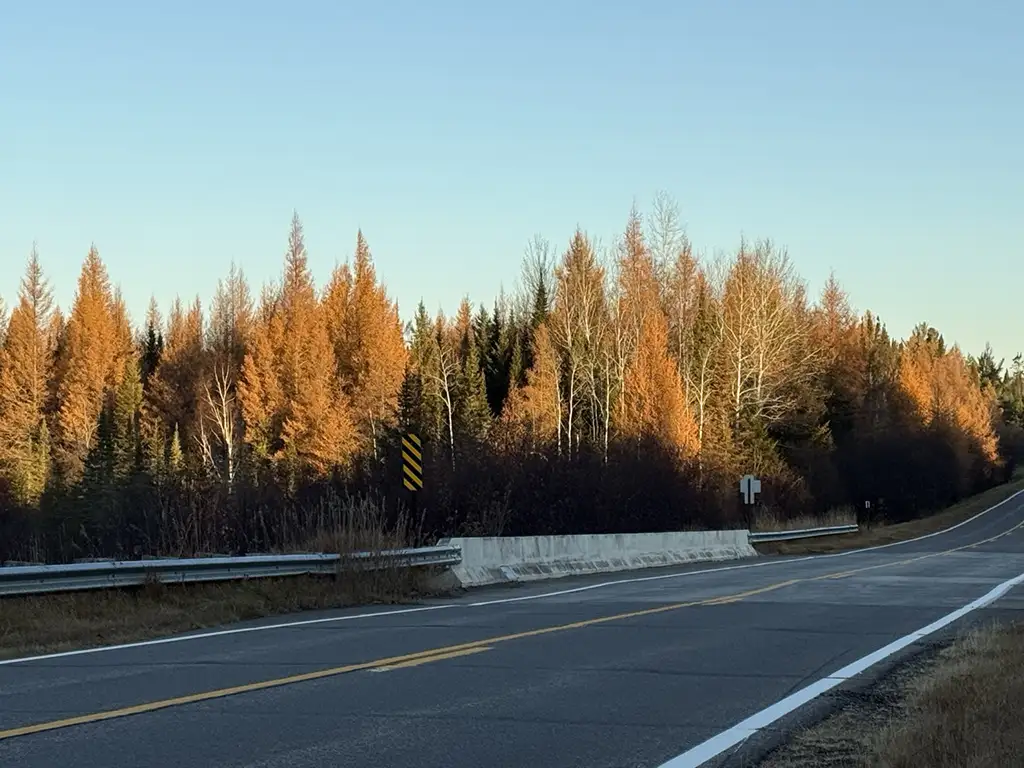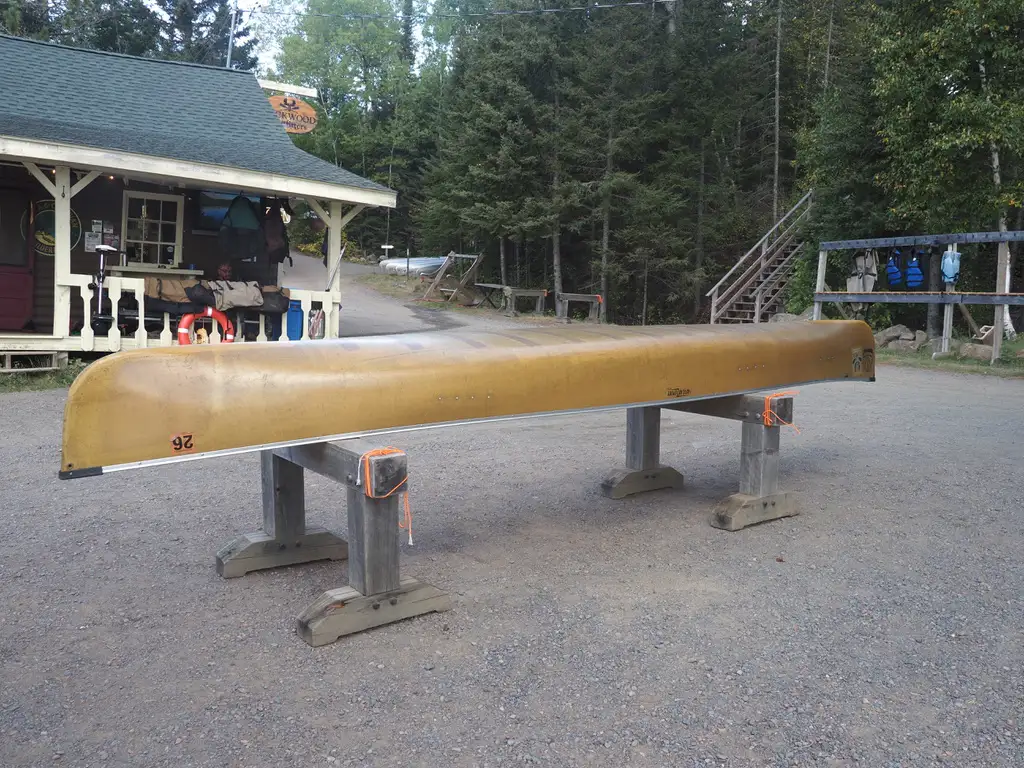Mosquitoes, Ticks, and Black Flies–Oh my!

—
Mosquitoes, Ticks, and Black Flies–Oh my!
It’s a tired old joke. The State Bird of Minnesota is the mosquito. But on the Gunflint Trail, we like to say that the mosquitoes keep the cowards away.
There are hundreds, if not thousands, of different kinds of insects to bug you on your adventure in the Boundary Waters. Let’s look at just a few.
MOSQUITOES
The Arrowhead region of Minnesota is known for its high population of blood-sucking skeeters.
It’s interesting to note there are more than 50 different mosquito species in Minnesota. They will be most active in the early morning and evening and quite bad in wooded areas or near-standing water.
According to the Minnesota Department of Health, mosquitoes carry, among other viruses, La Crosse, Western equine, and West Nile encephalitis. Although the odds of you contracting one of these viruses are relatively low, you should take precautions when in the wilderness–if only to stop them from driving you crazy.
Using insect repellent, wearing long-sleeved shirts and pants, and avoiding being outdoors during peak mosquito activity times is important.
On your drive up the trail, and anytime the skeeters get overwhelming, take a listen to The Mosquito Song
Mosquito season is preceded in the Arrowhead region by the Black Fly or biting gnat.
BLACK FLIES
Black flies do not transmit diseases to humans, but they do bite. They use their blade-like mouthparts to slash skin and feed on blood.
Their bite can be painful and itchy, but they are not harmful. Reactions range from small red spots to obvious irritation and swelling. Bites tend to concentrate on exposed skin.
As with mosquitoes, wear long sleeve shirts and pants, and even a face-protecting net, to make being outdoors tolerable.
Ticks–Wood and Deer
Minnesota is home to about a dozen different kinds of ticks. The two you are most likely to meet with here are the American Dog Tick (Wood tick) and the Black Legged Tick (Deer tick). Neither one can fly, but they manage to jump to you when you rub up against their habitat.
The Wood tick bites but rarely spreads disease.
The Deer Tick is about one-third the size of its Wood tick cousin. It also bites, and It is a potential carrier of Lyme Disease.
The Minnesota DNR offers some great advice on tick prevention:
Check and re-check yourself for ticks when you are in tick-infested areas.
1. When in deer tick habitat, walk in the trail’s center to avoid picking up ticks from grass and brush.
2. Wear light colored clothing so ticks will be more visible.
3. Wear long pants, socks, tick gaiters, and appropriate footwear like closed-toe shoes or boots.
4. Create a barrier to ticks by tucking pants into socks or boots and tucking long-sleeved shirts into pants.
5. Use a repellent containing DEET or permethrin, and carefully follow the directions on the container.
6. After being outdoors in the tick habitat, get out of your clothes immediately, do a complete body check, shower, and vigorously towel dry. Wash your clothes immediately so as not to spread ticks around your living area. (Okay, not such great advice when you’re camping)
7. Pets should also be checked for ticks.
The bug season is worse in Spring, improving throughout the summer. And in the fall, you’ll hardly notice them.
And as some wag once pointed out, up here, you will encounter no tarantulas, no poisonous snakes, no alligators, no sharks, and no manta rays.

